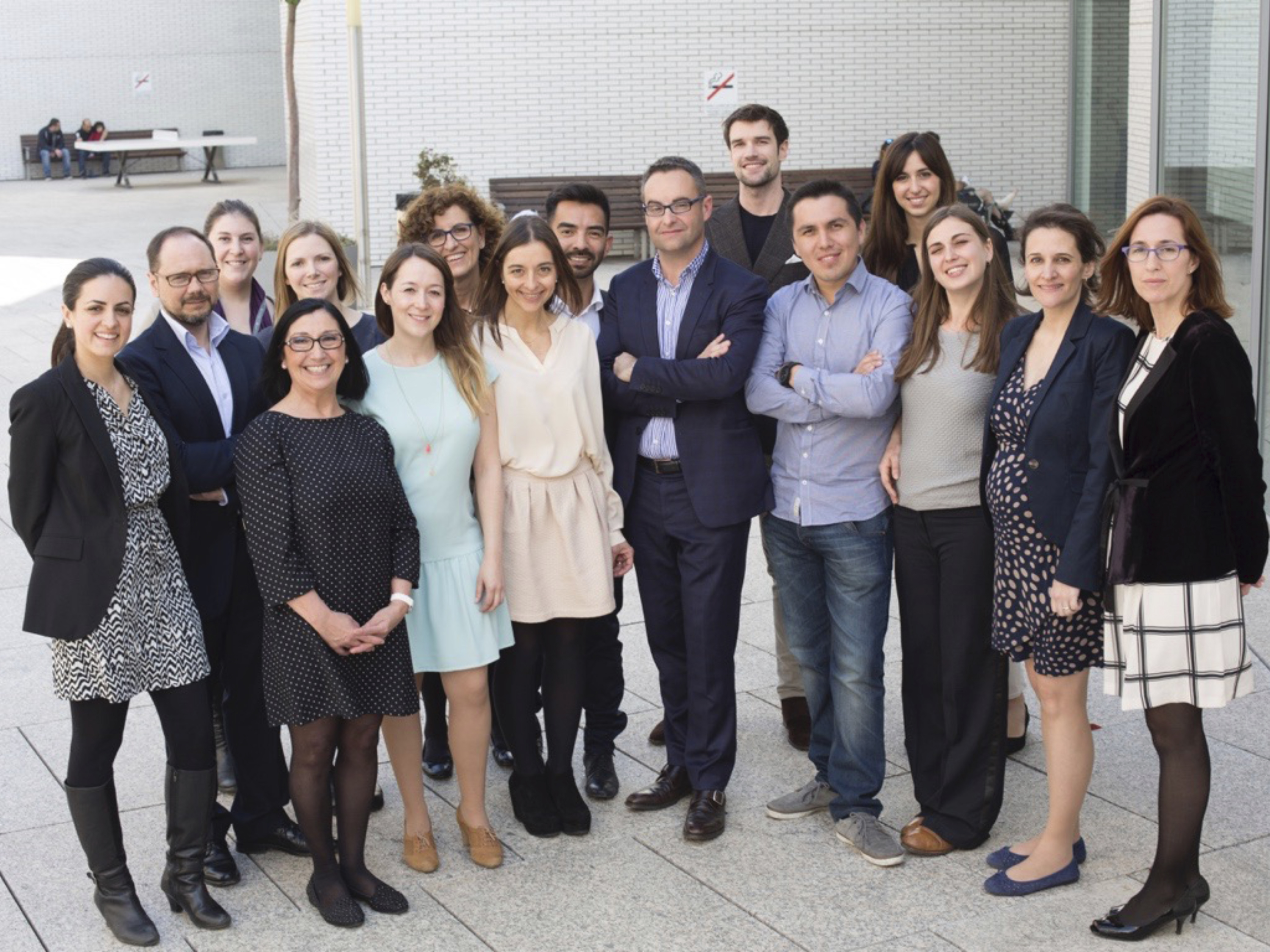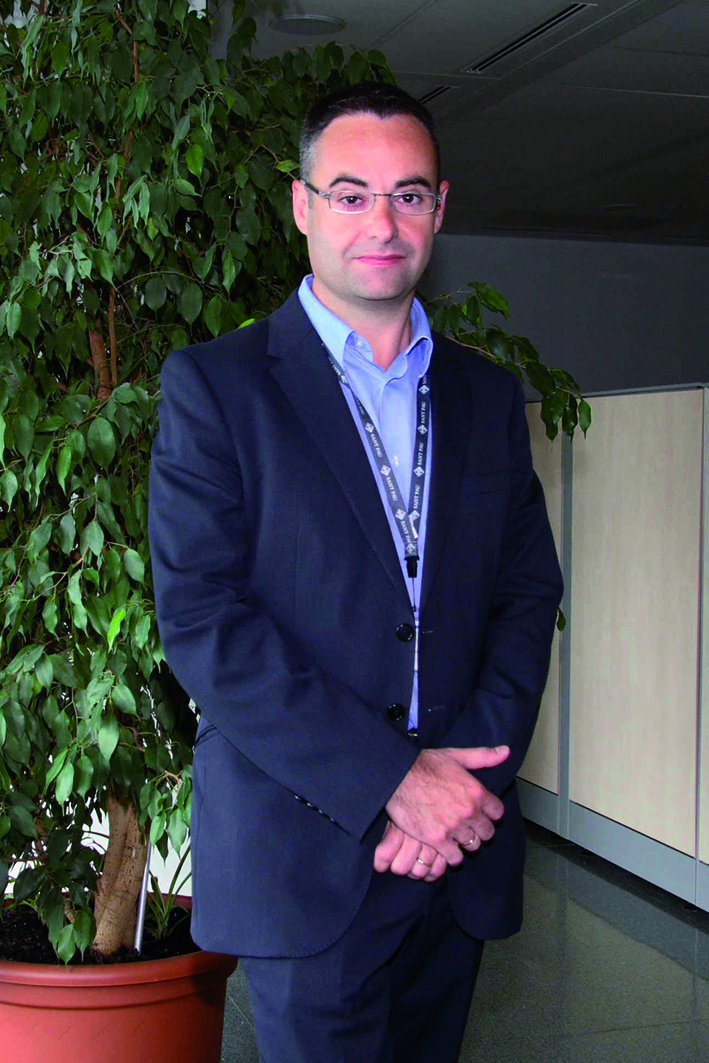


MASIA AYALA, JAUME FGS
jmasia@santpau.cat
Condrea, Silvia FGS
Guerrero Lojano, Andrea Elisabeth FGS
Leoveanu, Floriana Irina FGS
Lopez Fernandez, Susana FGS
Lusetti, Irene Laura FGS
Manukyan Papikyan, Anna FGS
Mohedano Puig, Elena IR
Olivares Dominguez, Maria De Leyre FGS
Perez Sempere, Maria FGS
Pons Playa, Gemma FGS
Vega Garcia, Maria del Carmen FGS
Vela Lasagabaster, Arturo FGS
Zamora Alarcon, Paul David FGS
(JIF 2023)
-Abdelfattah U, Pons G, Masia J. Evaluating the Impact of Immediate Lymphatic Reconstruction for the Surgical Prevention of Lymphedema. PLASTIC AND RECONSTRUCTIVE SURGERY. 2023; 151(3):522e-523e. DOI:10.1097/PRS.0000000000009942. PMID:36730128. IF:3,200 (Q1/2D). Document type: Letter.
-Al AM, Bonfill X, Ardiles S, Bendersky J, Sola I, Masia J. Risk-of-bias assessment of the randomized clinical trials and systematic reviews on surgical treatments for breast cancer-related lymphedema: A mapping review. Journal of Plastic Reconstructive and Aesthetic Surgery. 2023; 84. DOI:10.1016/j.bjps.2023.05.002. PMID:37329747. IF:2,000 (Q2/4D). Document type: Review.
-Casanovas A, Sebio R, Ciendones M, Cuartero J, Estanyol B, Padrós J, García B, Barnadas A, Masia J. Prehabilitation in Patients With Breast Cancer Receiving Neoadjuvant Therapy to Minimize Musculoskeletal Postoperative Complications and Enhance Recovery (PREOPtimize): A Protocol for a Randomized Controlled Trial. PHYSICAL THERAPY. 2023; 103(9):pzad062. DOI:10.1093/ptj/pzad062. PMID:37318267. IF:3,500 (Q1/1D). Document type: Article.
-Fernández M, Torrano L, González J, Masia J, Sisternas L, D’Guilio G, Zamora P. To bulge or not to bulge: Rectus abdominis functional reconstruction after soft tissue sarcoma resection. Journal of Plastic Reconstructive and Aesthetic Surgery. 2023; 78. DOI:10.1016/j.bjps.2022.11.051. PMID:36736105. IF:2,000 (Q2/4D). Document type: Letter.
-Martínez P, Linares PF, Masià J, Jané P, Monforte C. Temporal validation of a risk prediction model for breast cancer-related lymphoedema in European population: A retrospective study. JOURNAL OF ADVANCED NURSING. 2023; 79(12). DOI:10.1111/jan.15727. PMID:37269083. IF:3,800 (Q1/1D). Document type: Article.
-Torrano L, Zamora P, Ibarra A, Masiá J, Sisternas L, Fernández M. Chimeric SCIP flap with iliac bone for reconstruction of foot first ray in a radiated surgical bed: A case report. MICROSURGERY. 2023; 43(4). DOI:10.1002/micr.31019. PMID:36748171. IF:1,500 (Q3/6D). Document type: Article.
(JIF 2022)